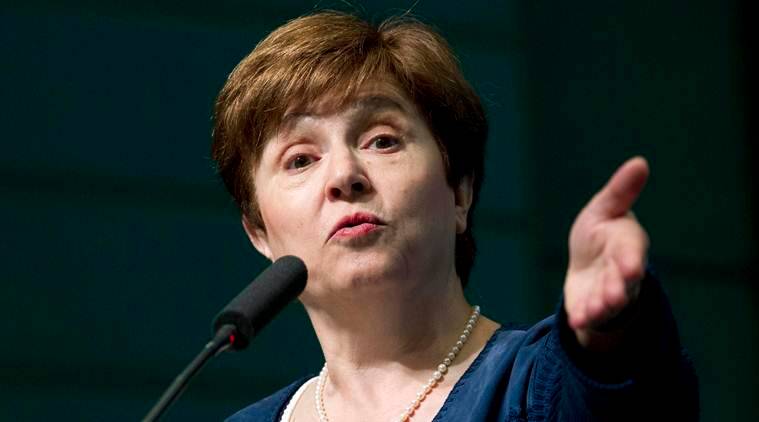100 crore Indians have no extra money to spend: Report
India, with its massive population of over 1.4 billion (143 crore), has a much smaller group of people who actively spend on non-essential goods and services, according to a report by Blume Ventures. The venture capital firm's report said that only about 130-140 million (13-14 crore) Indians form the country's "consuming class," meaning they have enough disposable income to buy beyond basic needs.
The report mentions that the nation's GDP is "heavily dependent on consumer spending".
The "consuming class" comprised roughly 140 million people and "effectively constitutes the market for most startups". Another 300 million (30 crore) people are classified as "emerging" or "aspirant" consumers. They have started spending more, thanks to the convenience of digital payments, but still remain cautious buyers. They are "heavy consumers and reluctant payers", the report mentioned.
"OTT/media, gaming, edtech, and lending are relevant markets for them (aspirant consumers). UPI and AutoPay have unlocked small ticket spends and transactions from this group," the report mentions.
The larger part of India's population, roughly 1 billion (100 crore), however, do not have the kind of incomes to be able to spend anything on discretionary goods. "They are beyond the pale, as of now, for startups," the report mentions.
The report highlights that India's consumer market is not expanding widely but rather deepening. This means that while the number of wealthy people isn't growing significantly, those who are already rich are getting richer.
This shift is influencing business trends, particularly the rise of "premiumisation"âa strategy where companies focus on selling higher-end, more expensive products to wealthier consumers rather than mass-market goods. This trend is evident in the booming sales of luxury homes and premium smartphones, even as budget-friendly options struggle. For instance, affordable housing made up 40 per cent of the market five years ago but has now dropped to just 18 per cent.
The findings support the idea that India's economic recovery after the pandemic has been "K-shaped"âwhere the rich continue to prosper while the poor struggle with declining purchasing power.
According to data, the top 10 per cent of Indians now hold 57.7 per cent of national income, up from 34 per cent in 1990, while the bottom half has seen its share drop from 22.2 per cent to 15 per cent.
The current consumption slowdown is further worsened by declining financial savings and rising debt among the majority of Indians. The Reserve Bank of India (RBI) has also tightened rules on unsecured lending, which had previously fuelled consumer spending after the Covid pandemic. Since many in the "emerging" consumer group relied on borrowing to spend, this change is expected to affect overall consumption levels.
However, long-term challenges remain. The middle class, traditionally a key driver of consumer demand, is shrinking.
A report by Marcellus Investment Managers states that the middle 50% of India's tax-paying population has seen little to no wage growth in the past decade. When adjusted for inflation, this effectively means their incomes have halved.
"The middle 50 per cent of India's tax-paying population has seen its income stagnate in absolute terms over the past decade. This implies a halving of income in real (i.e, inflation-adjusted) terms. This financial hammering has decimated the middle class's savings â the RBI has repeatedly highlighted that net financial savings of Indian households are approaching a 50-year low. This pounding suggests that products and services associated with middle class household spending are likely to face a rough time in the years ahead," the report mentions.
The Marcellus report also warns that white-collar jobs are becoming scarcer due to automation. AI-driven systems are replacing clerical and secretarial roles, and even supervisory jobs in manufacturing are declining.
The Economic Survey 2025 also echoed the warning about AI's impact. The survey warned that while AI boosts productivity, it could disrupt India's labour-intensive economy. A rushed transition may spur demands for policy intervention, including taxation on AI-driven profits, which the IMF cautions could hurt growth.
The report called for a balanced approach, urging collaboration between the government, the private sector, and academia to ensure inclusive gains. It also stressed that while AI's impact on jobs remains uncertain, complacency could prove costly for India.


 South Asia
South Asia















